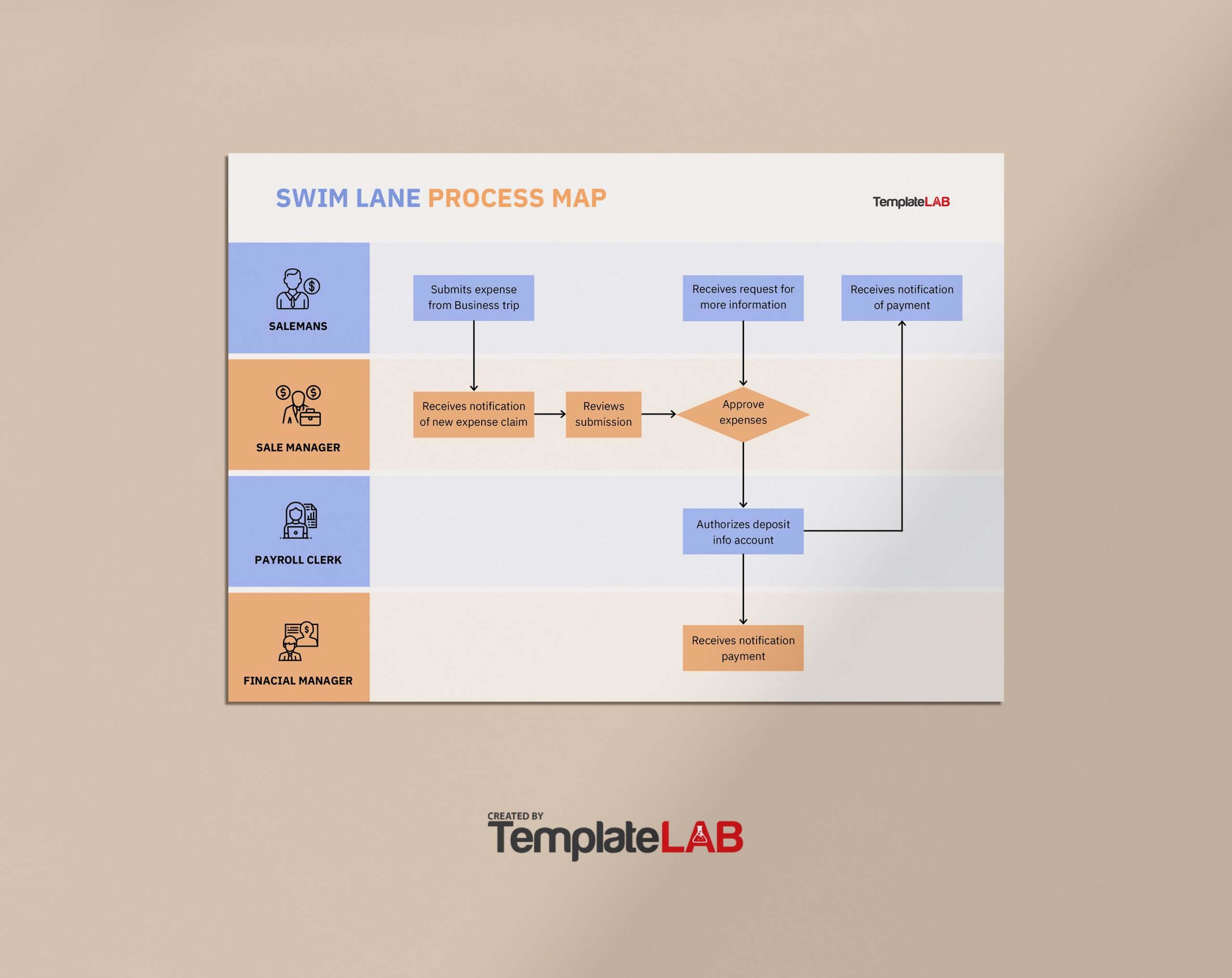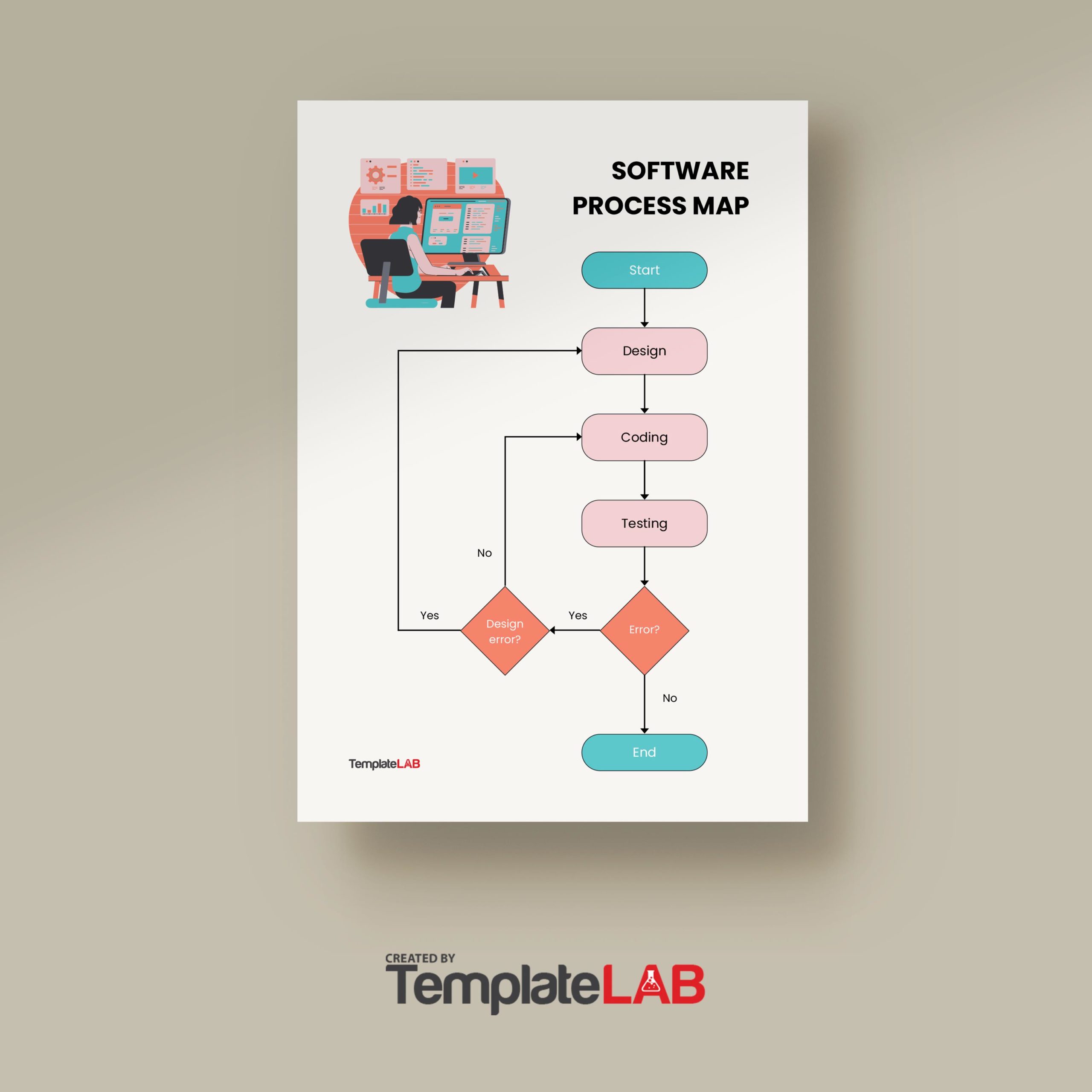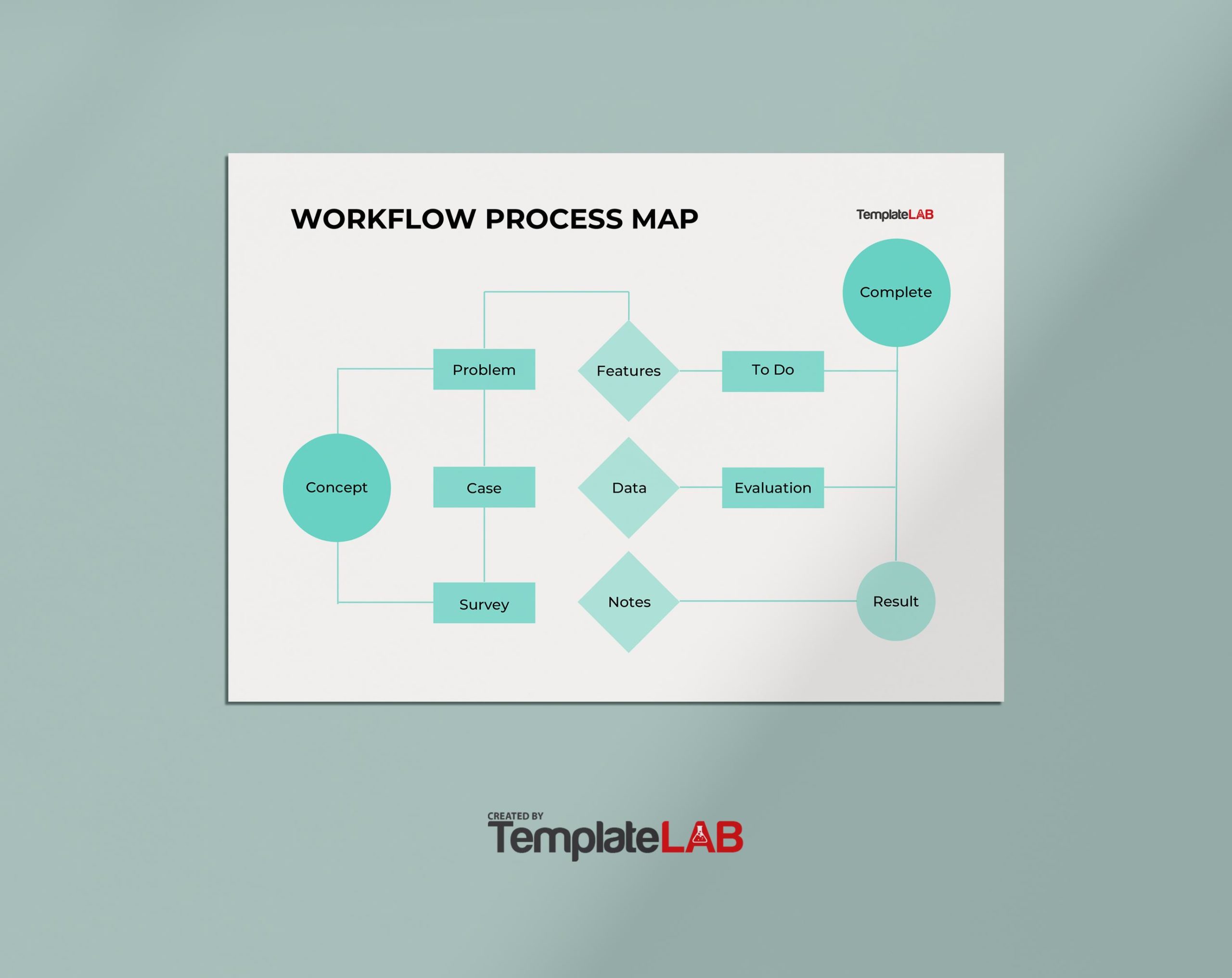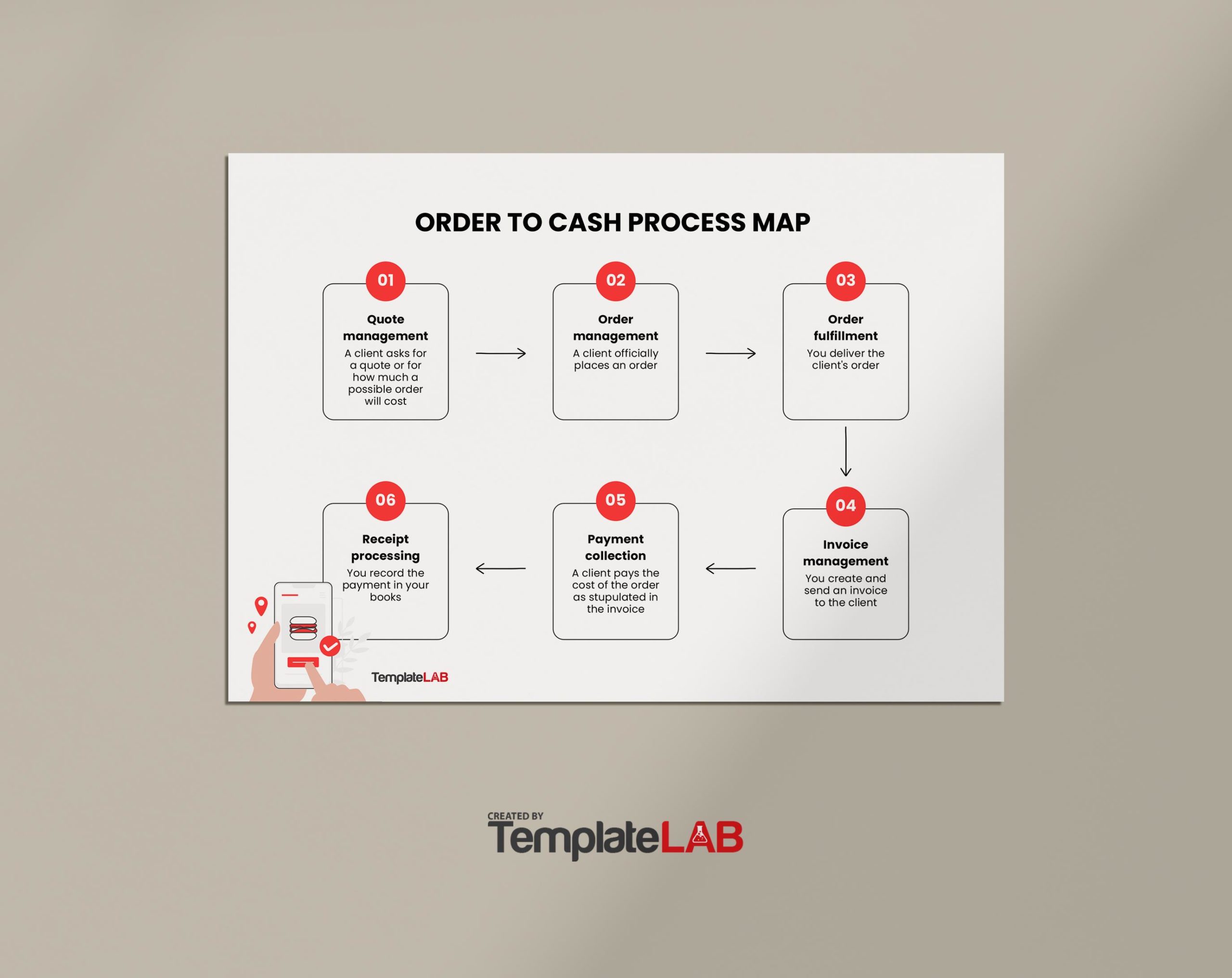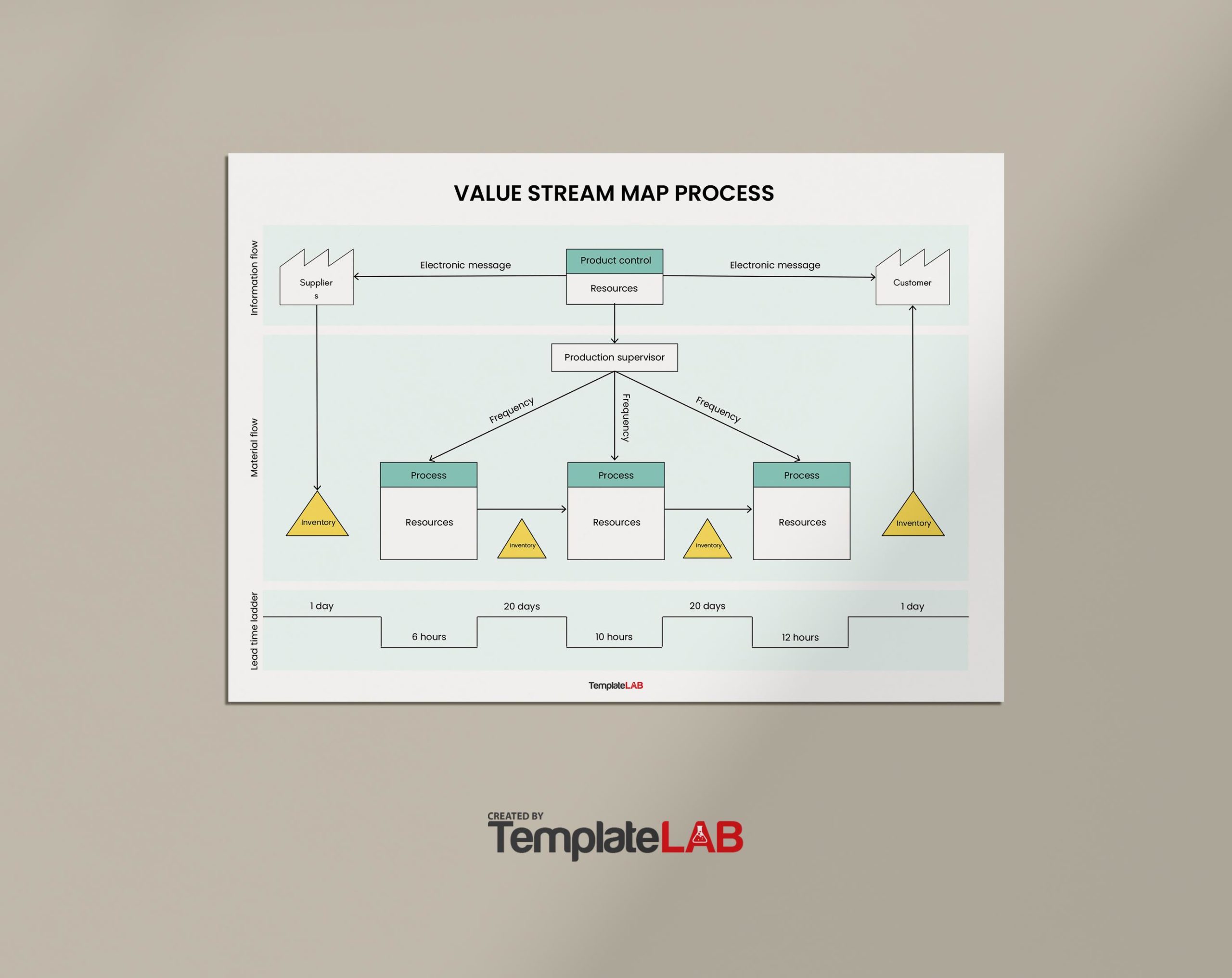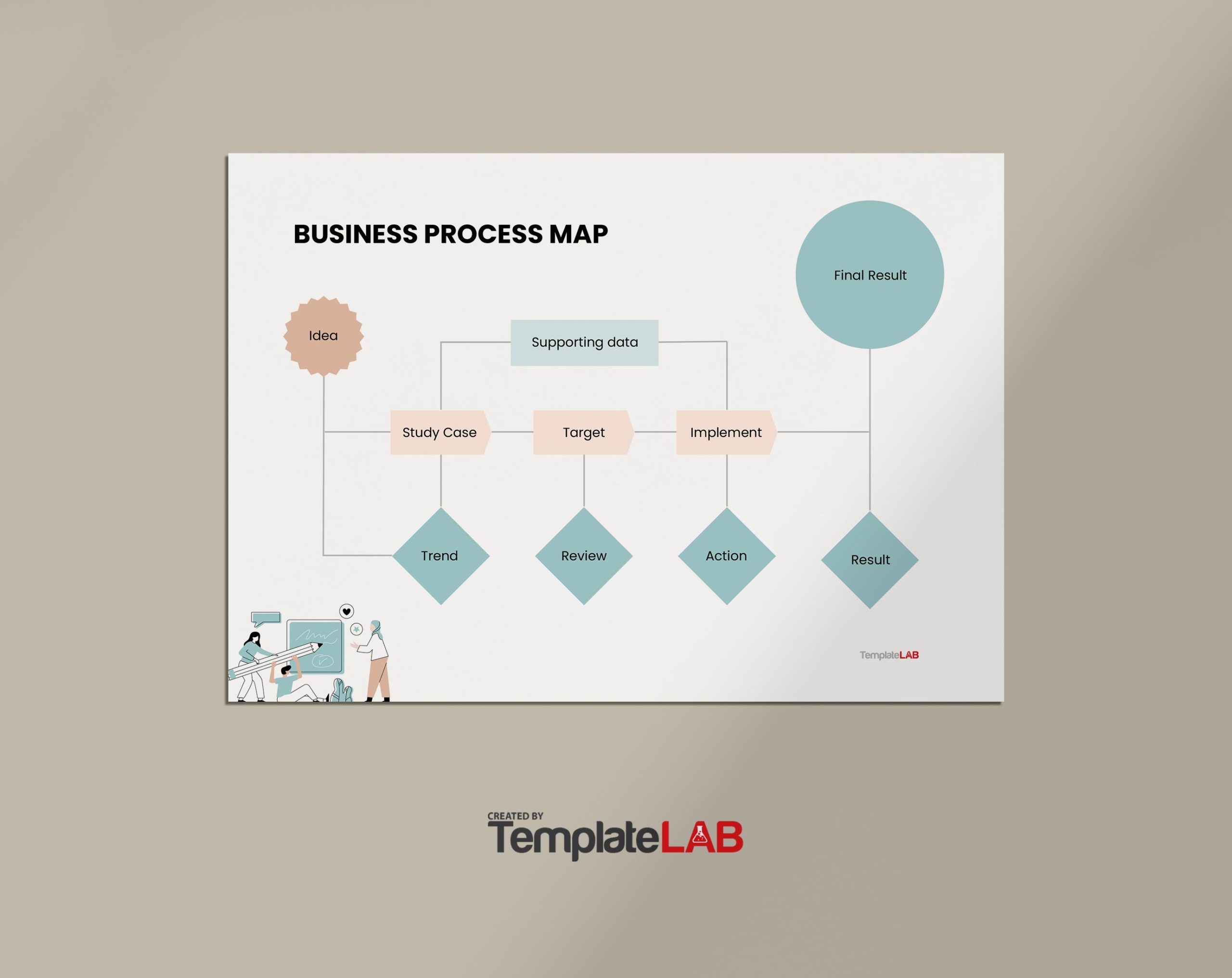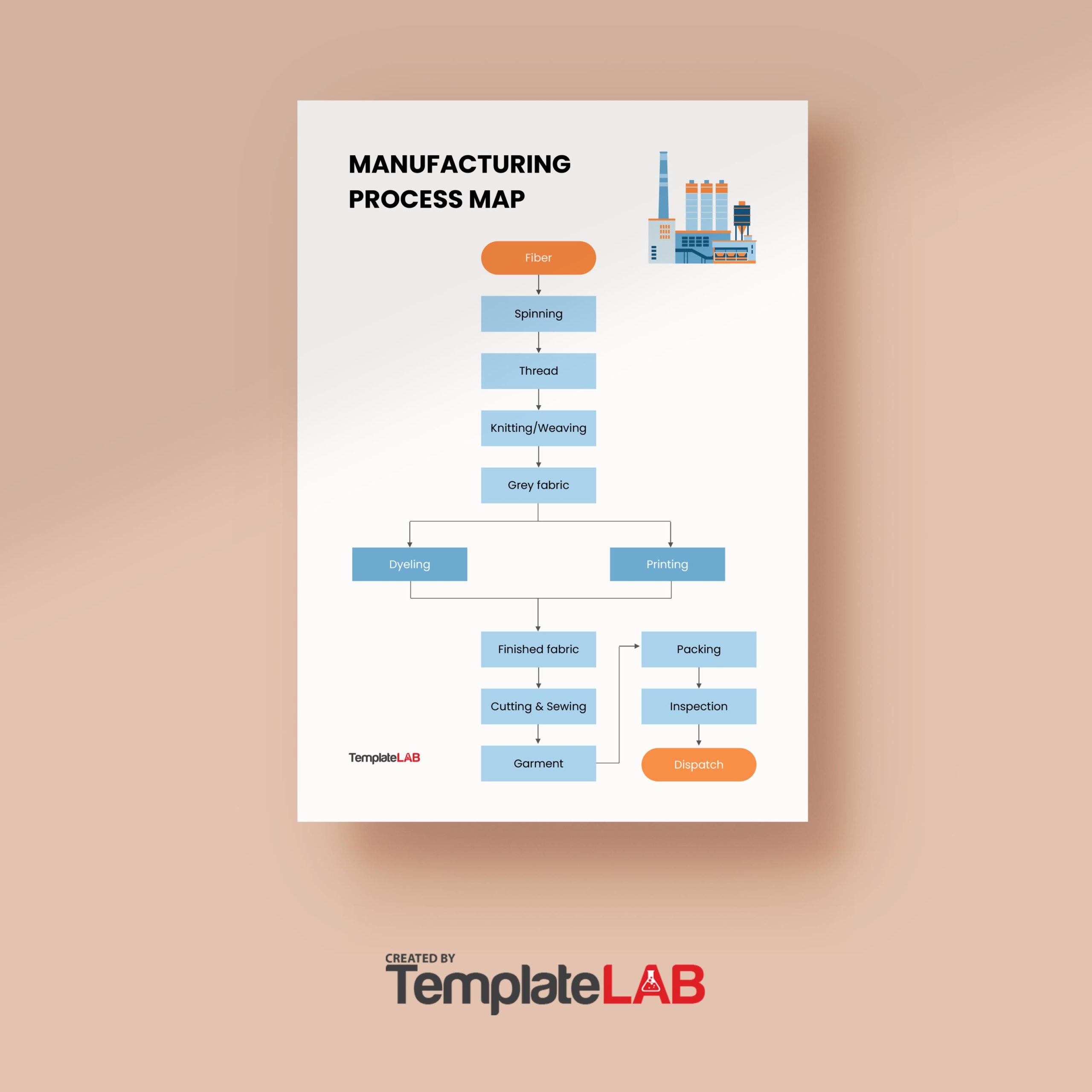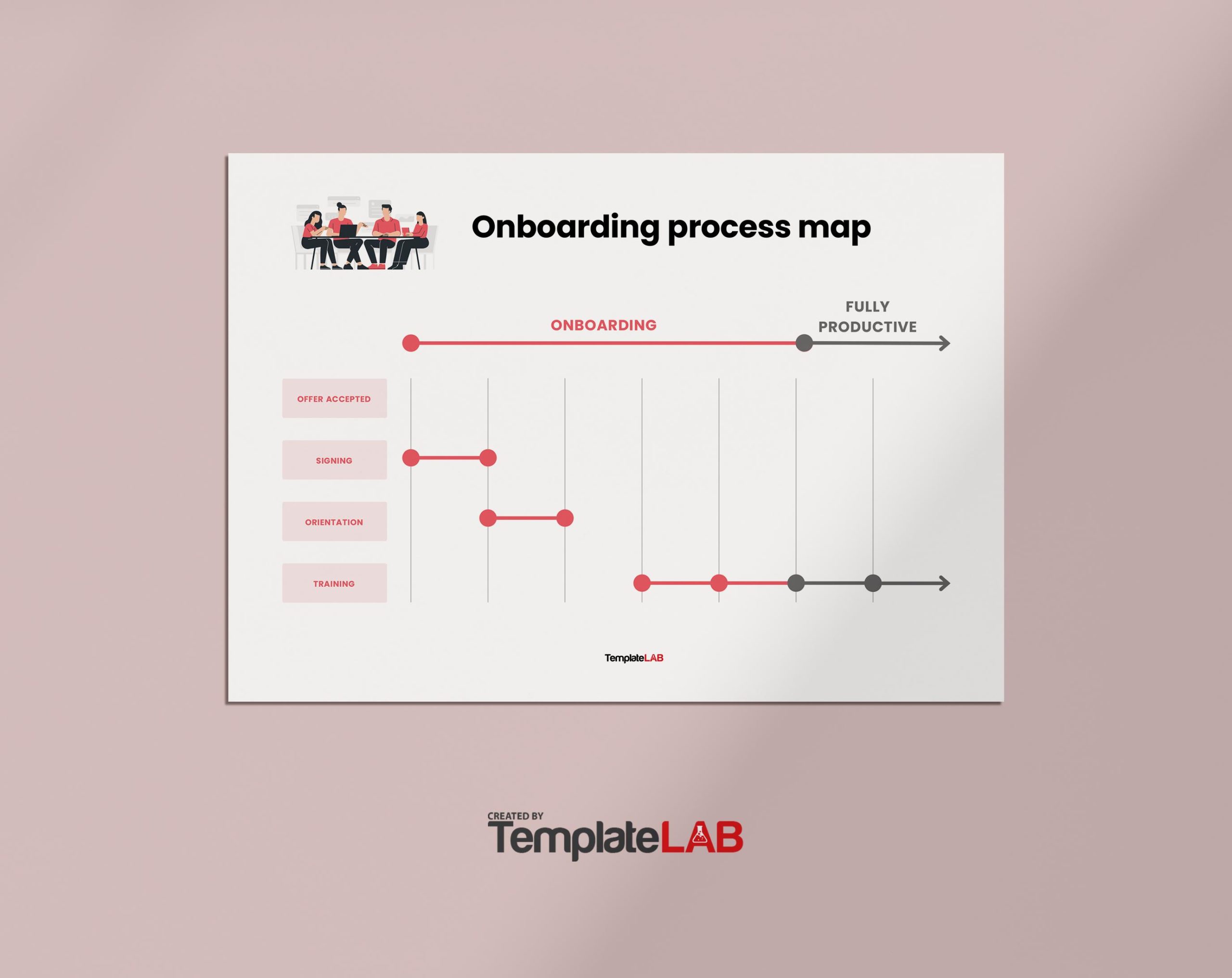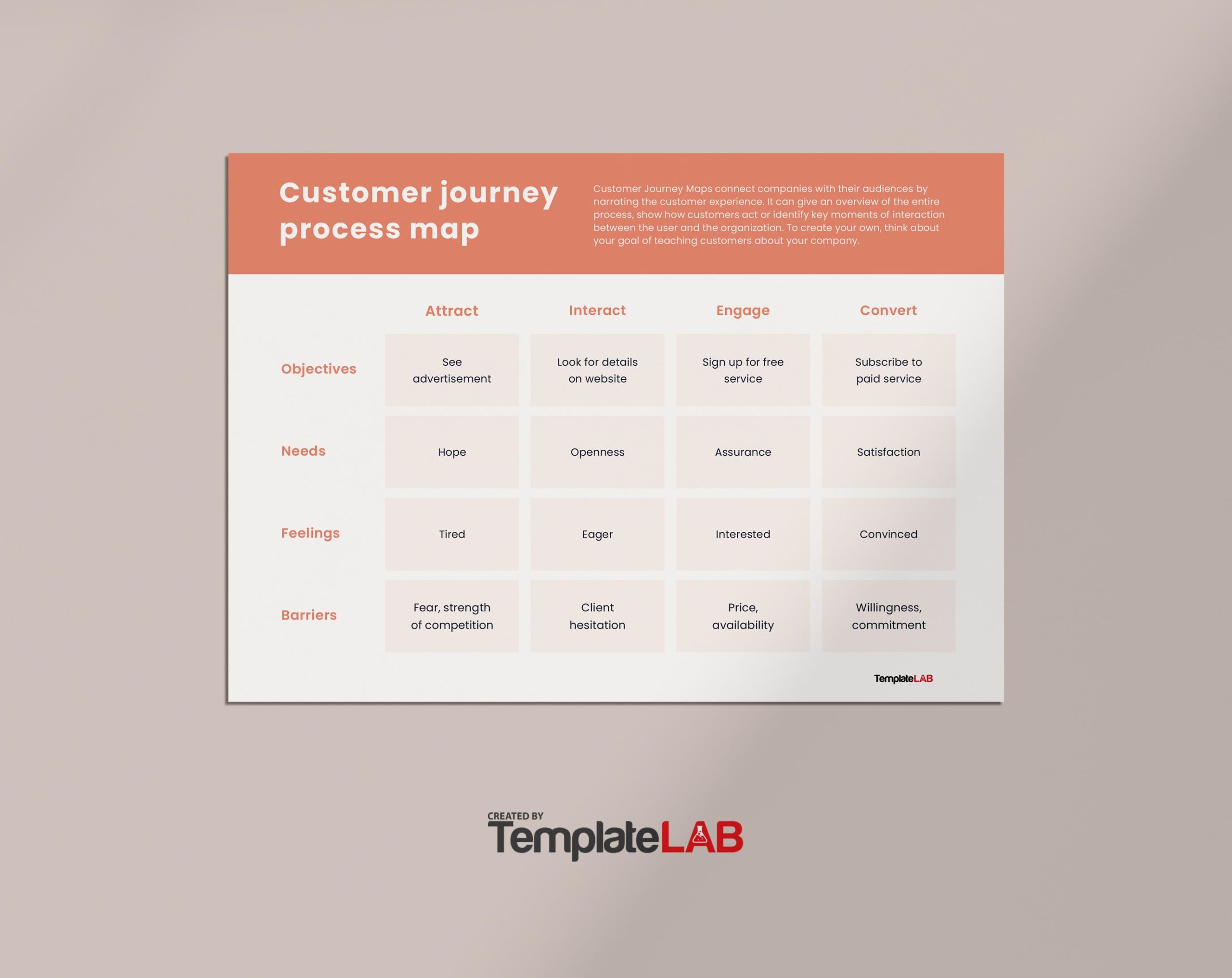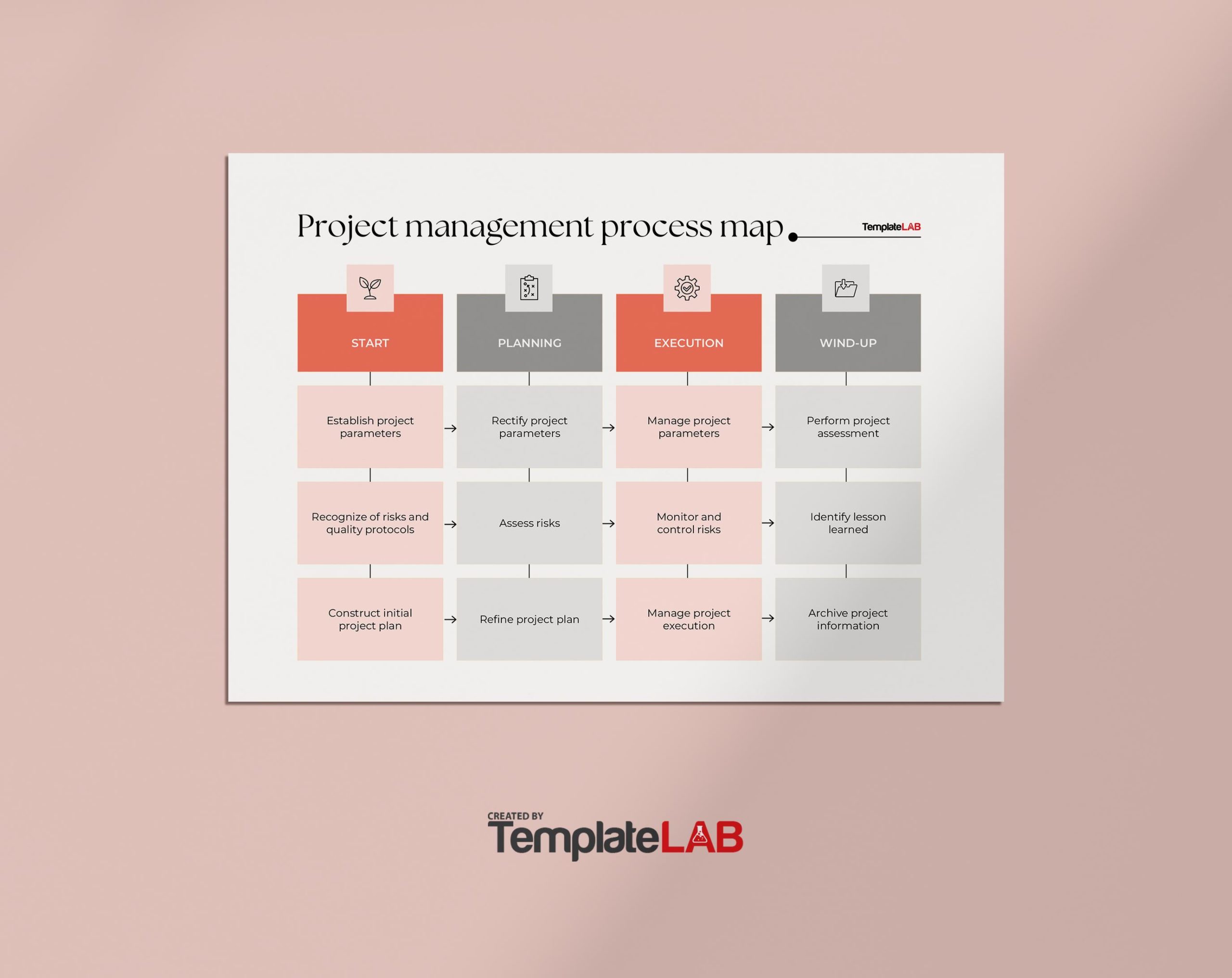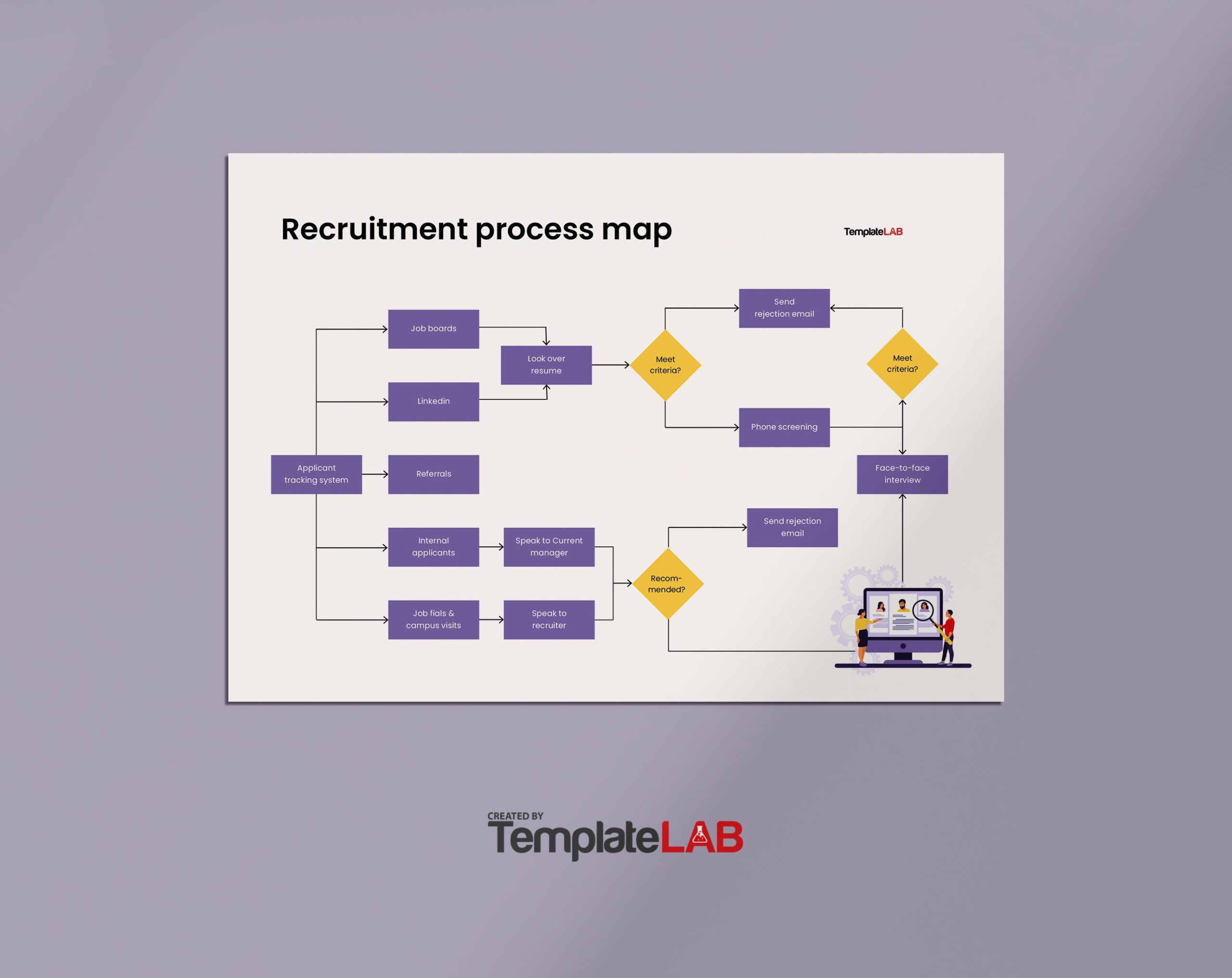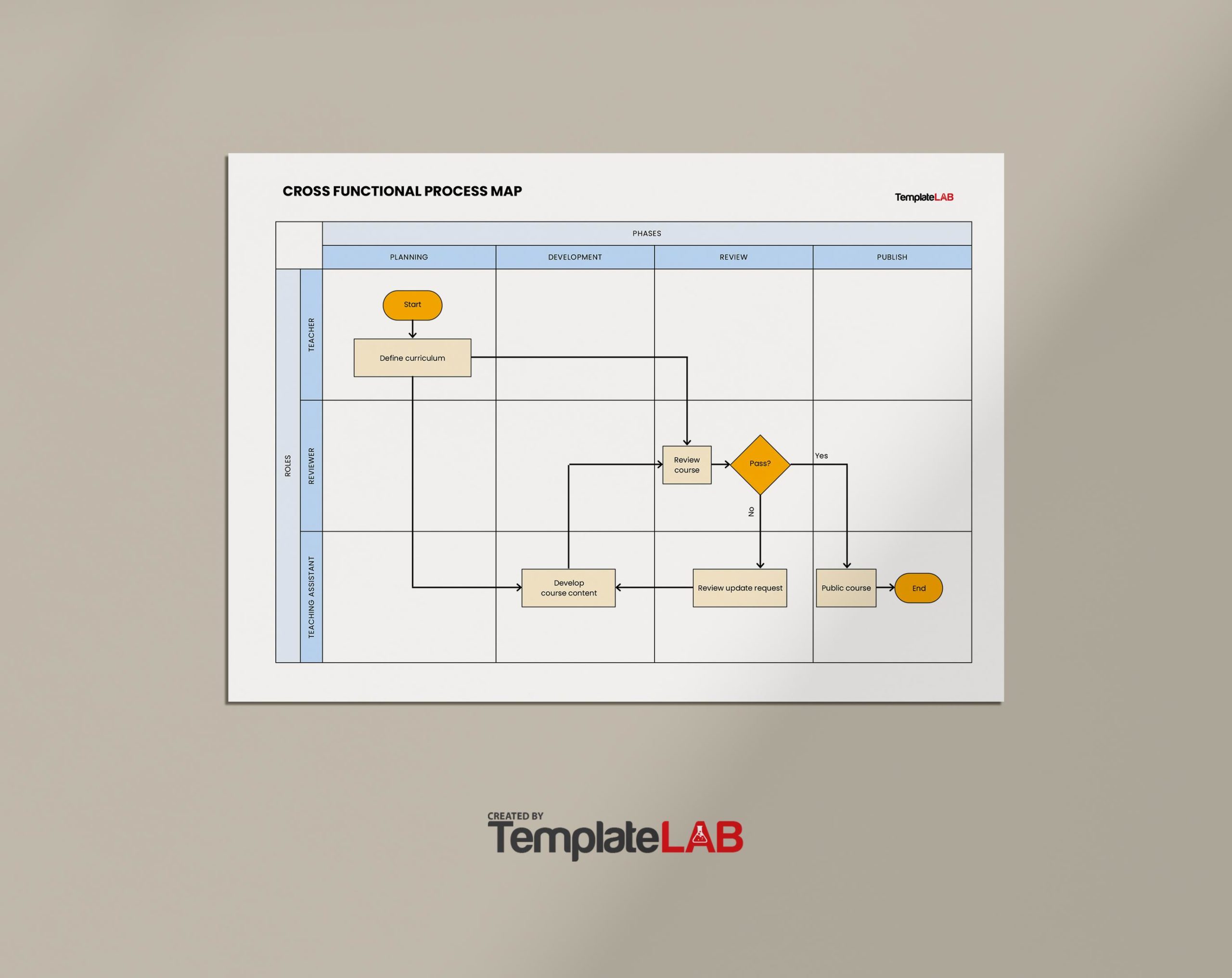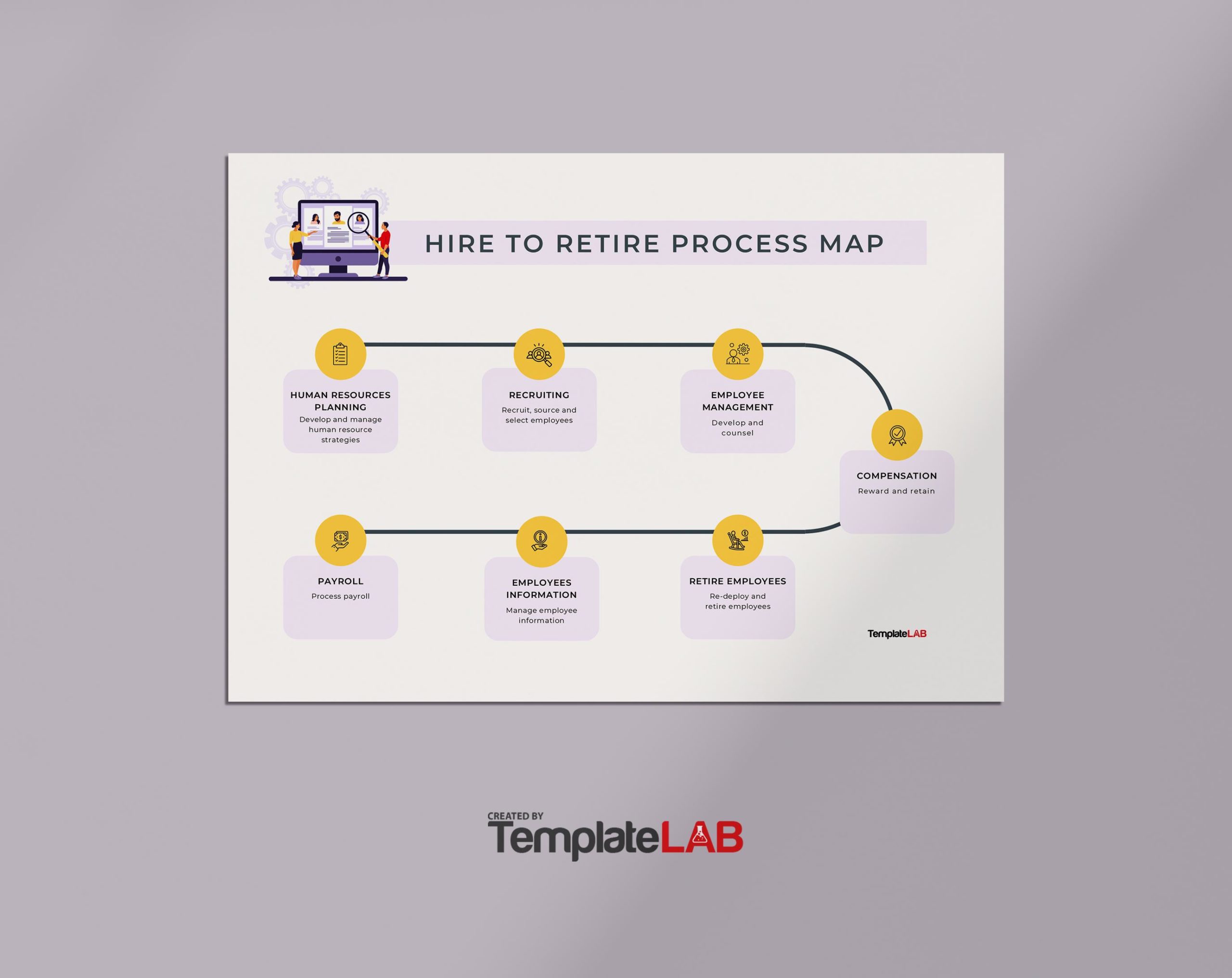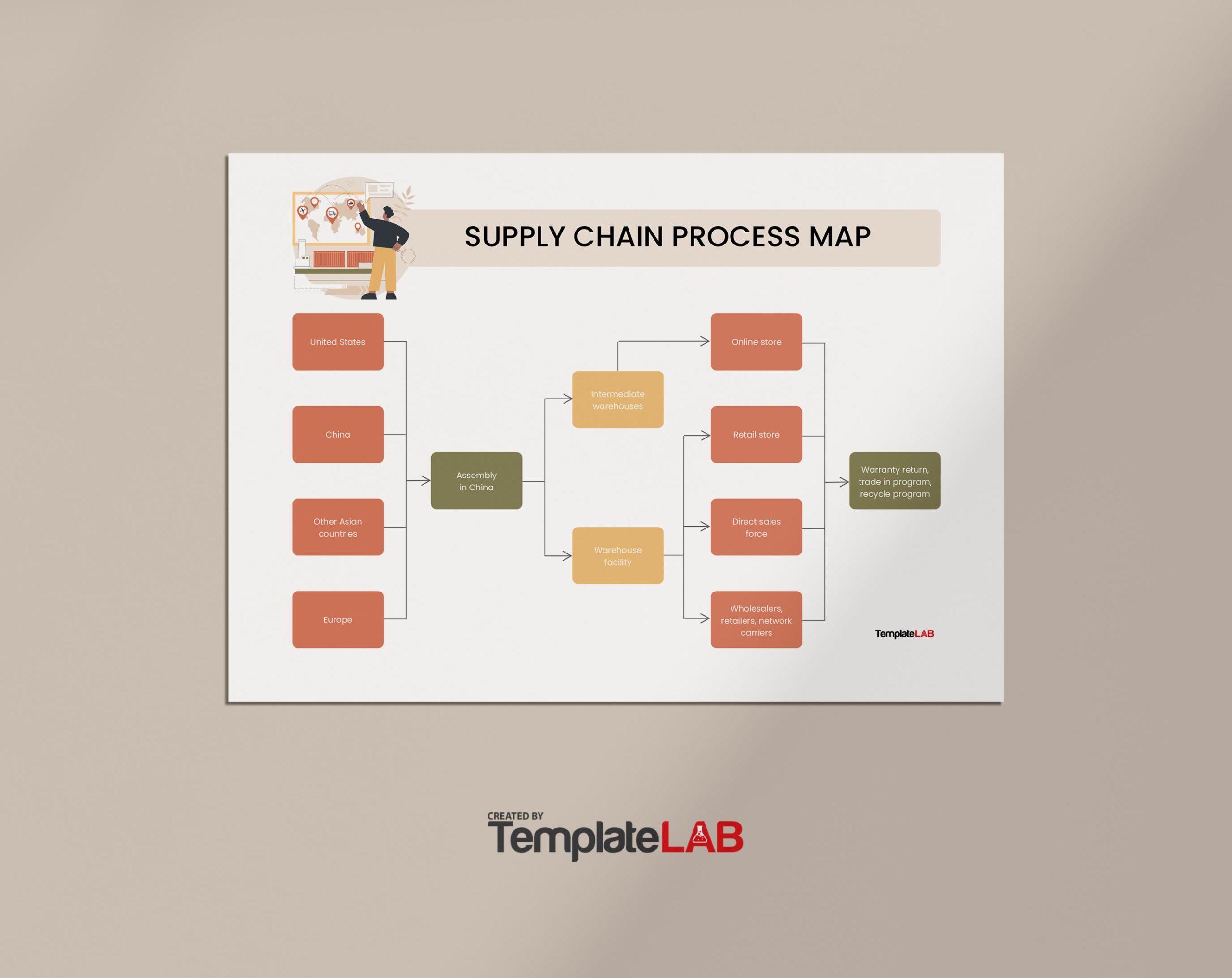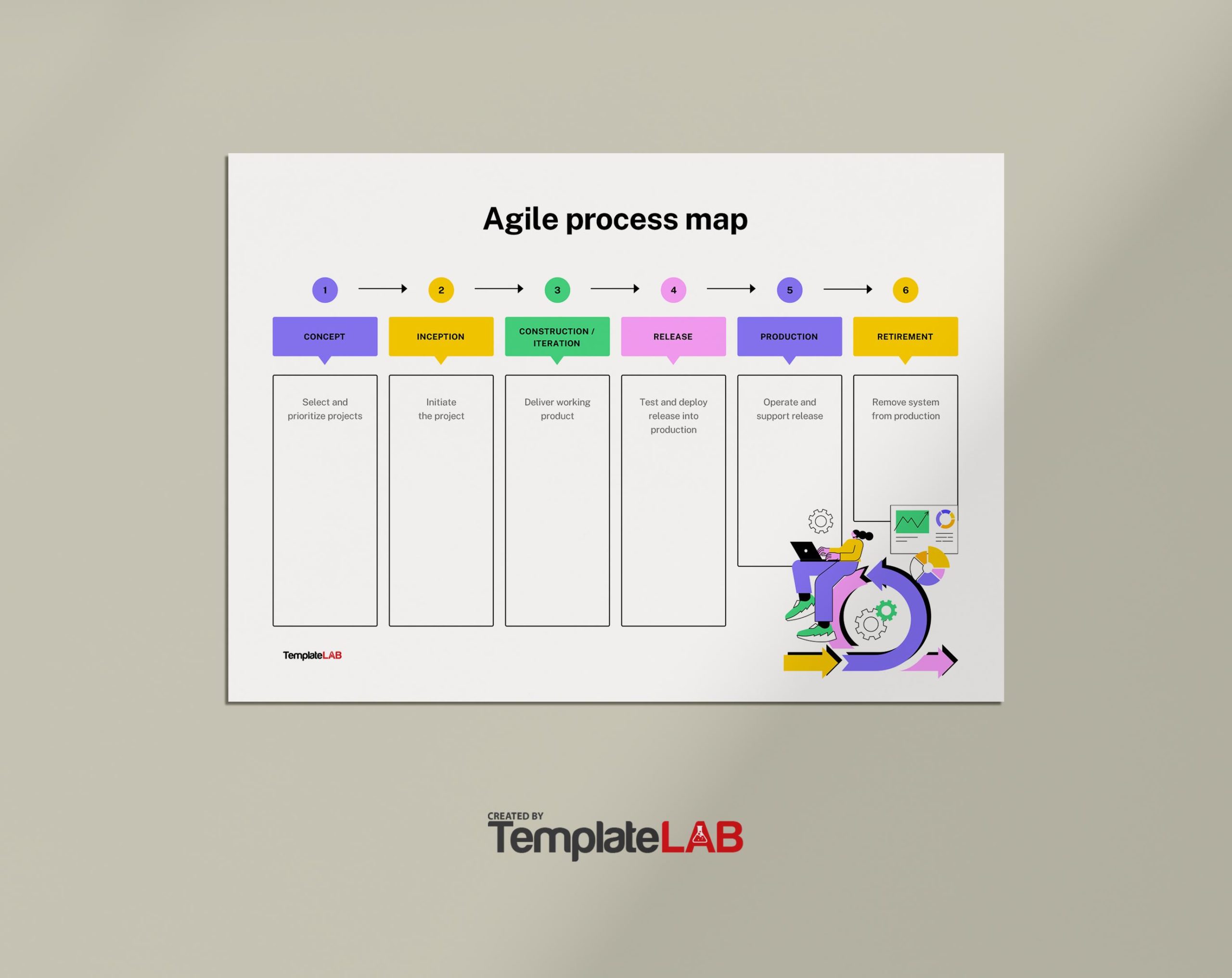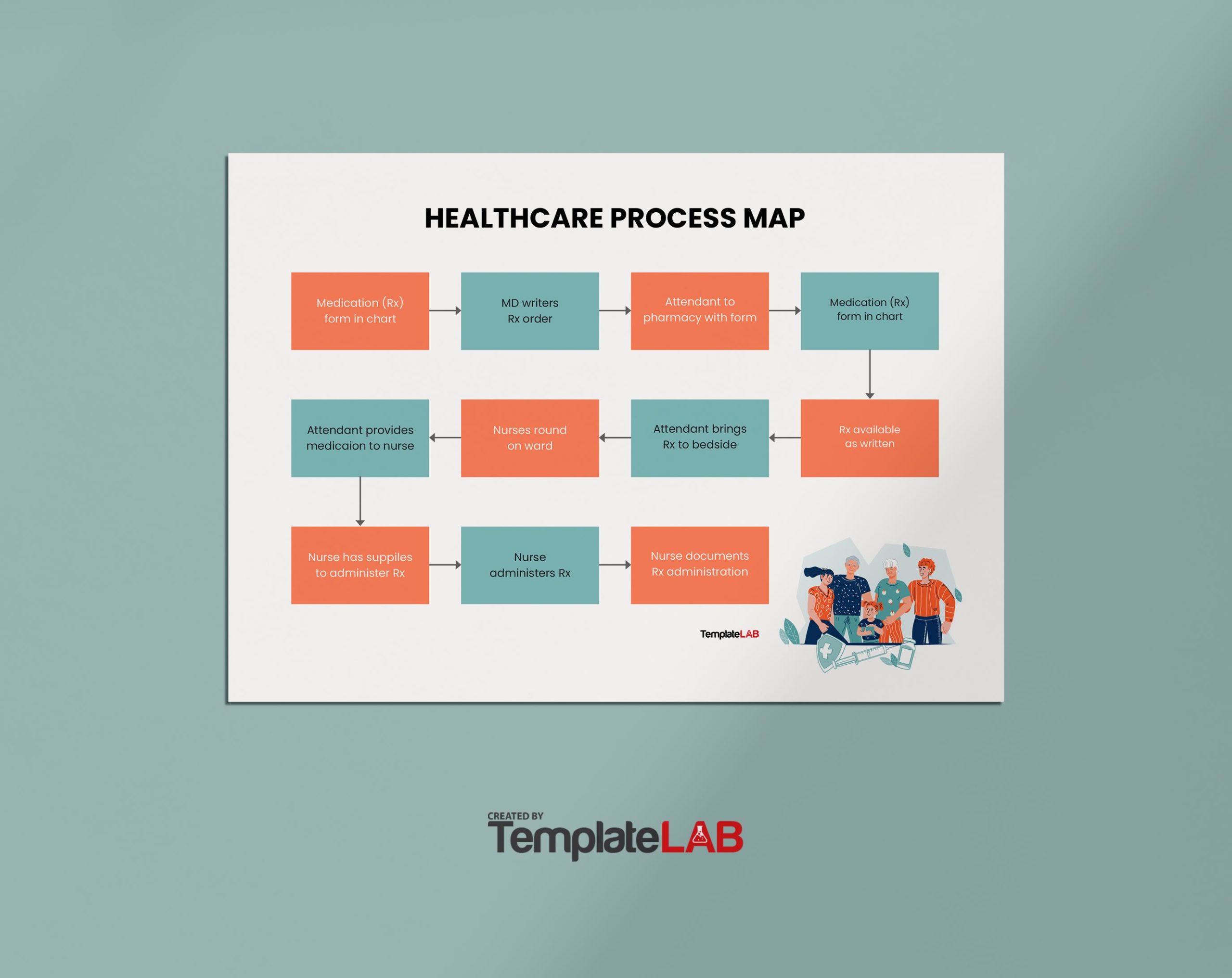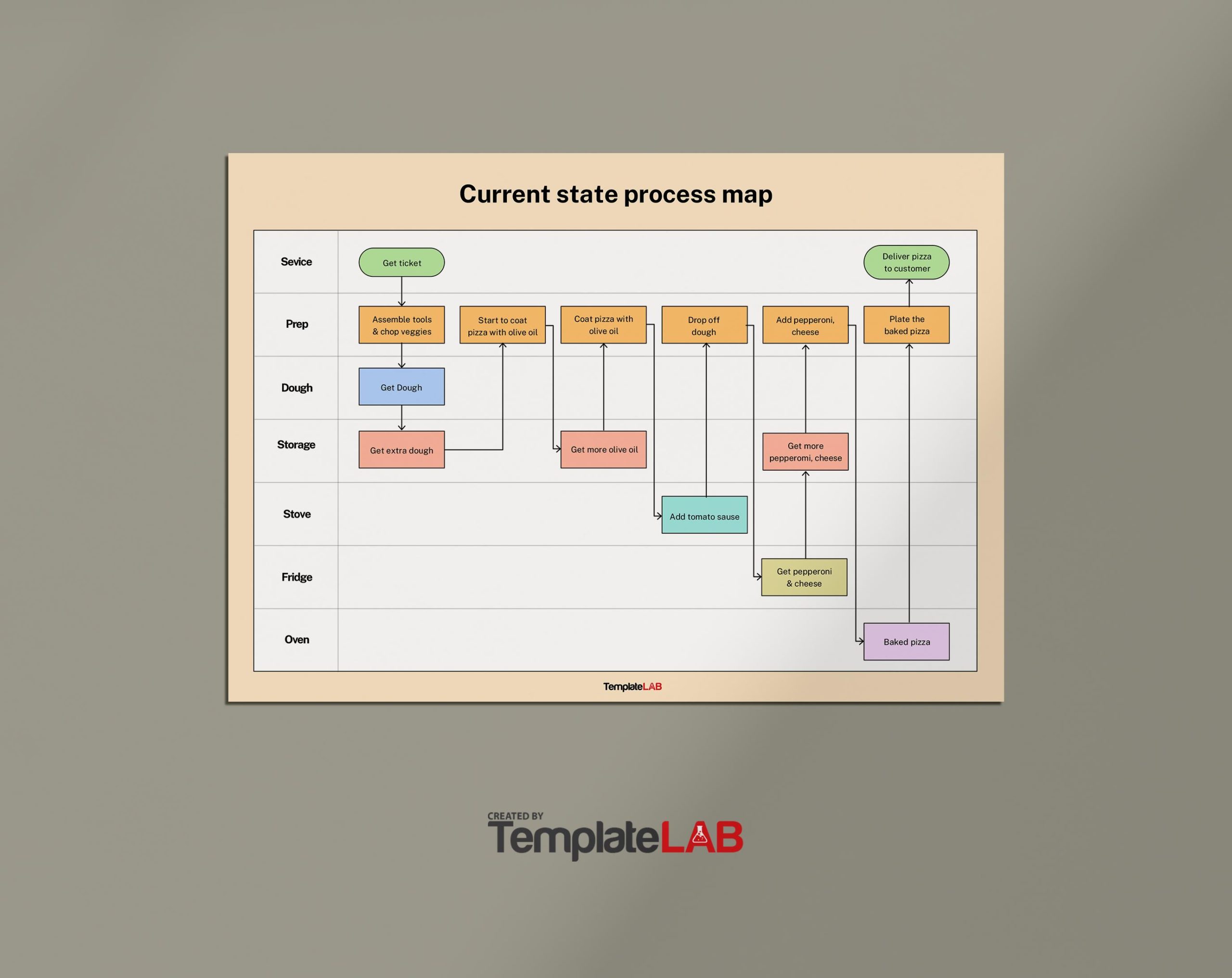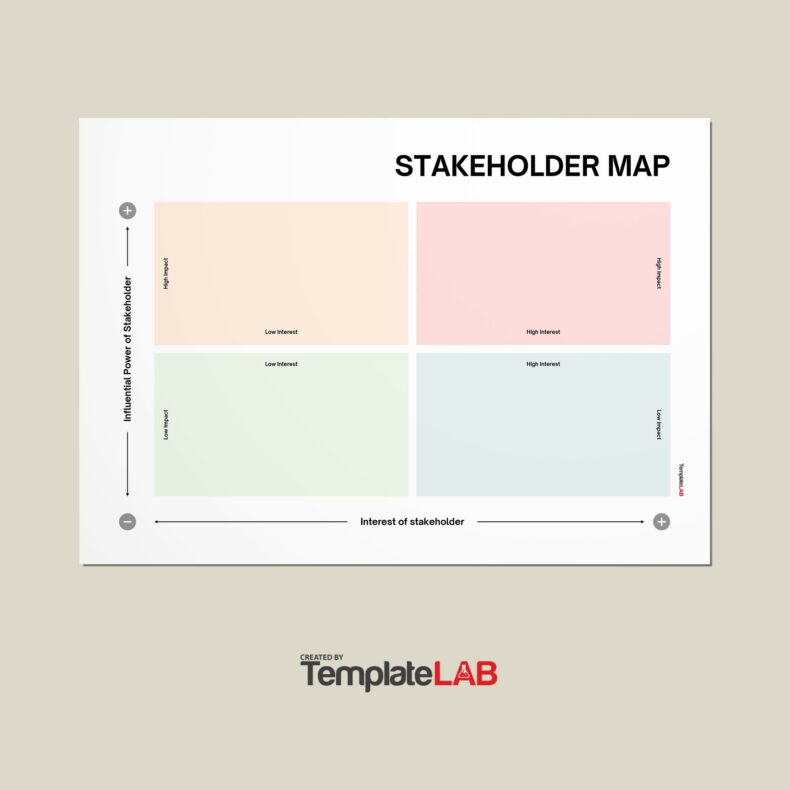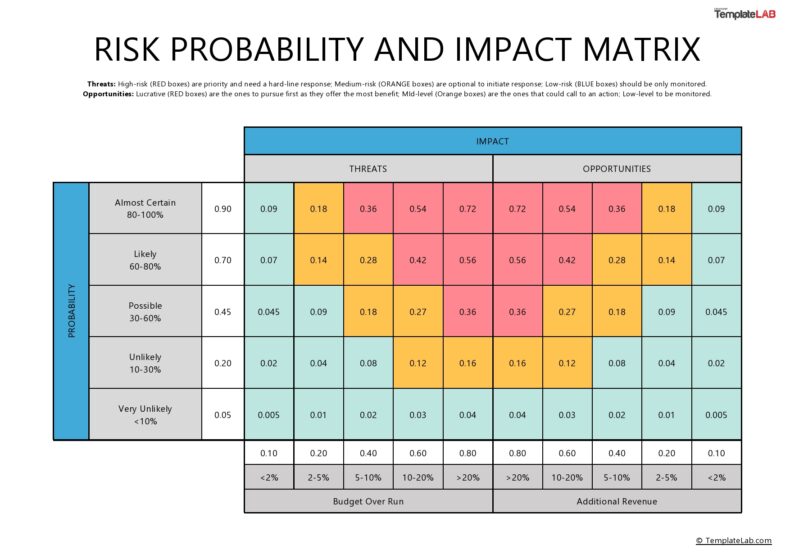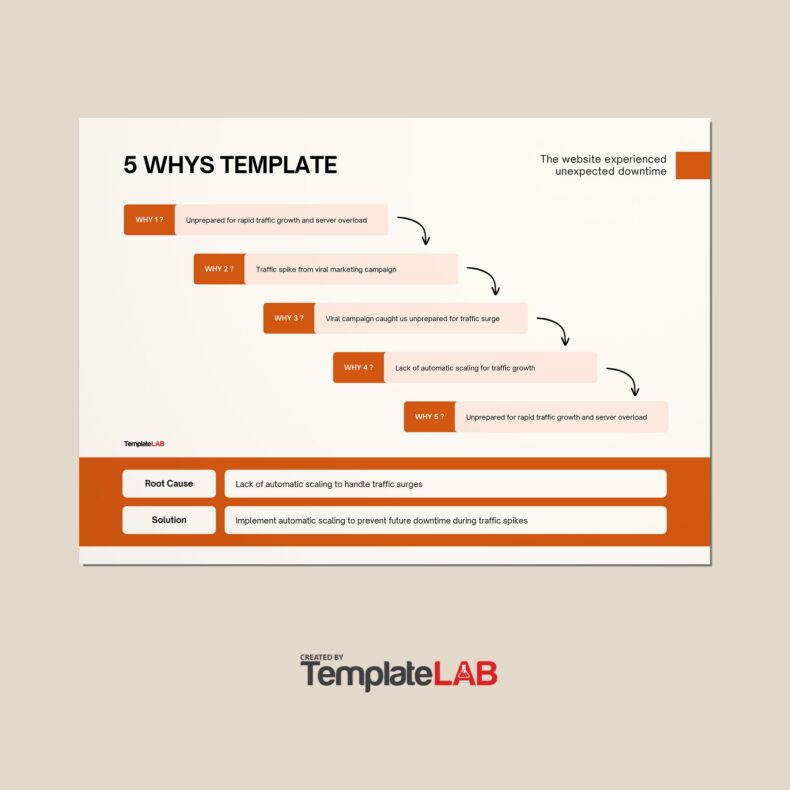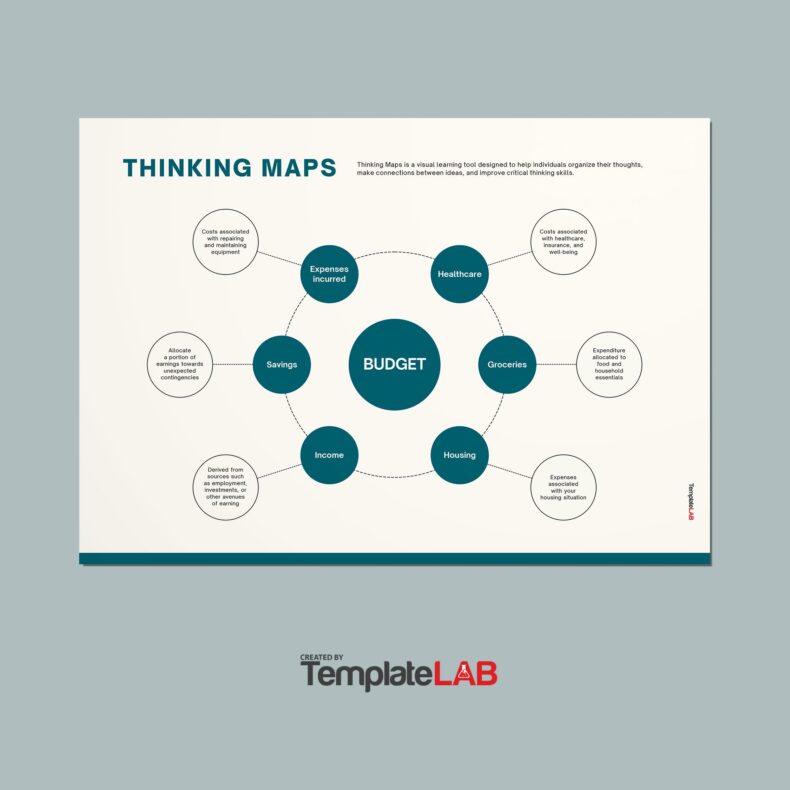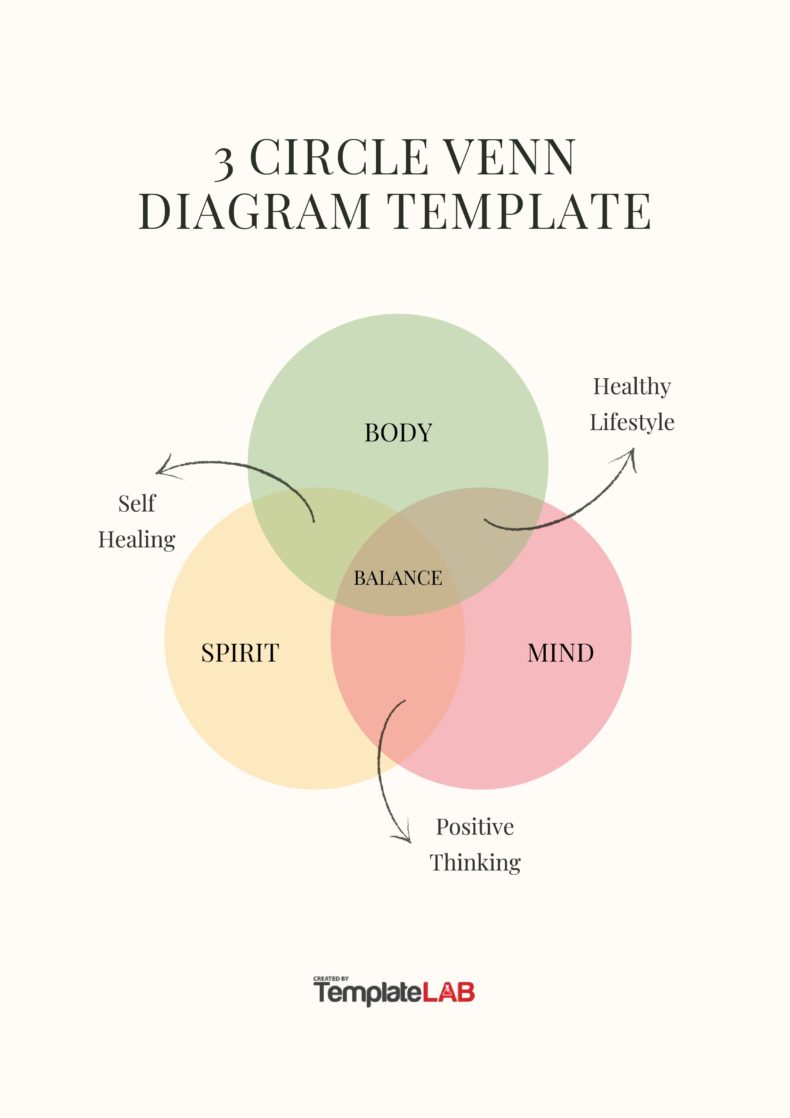It is much easier for you to have an idea of the flow of a task or project by using a tool that will visually describe this flow. To have this, you need a process map template, which is very common in many organizations for planning and managing projects.
Table of Contents
Process Map Templates
What is business process mapping?
An integral part of business process management is the use of a process map template. This is a framework used in the creation of visual representations of work processes within your organization.
With processing mapping examples, you can demonstrate the relationship between the inputs and steps that produce an end service or product. This documentation process is generally concerned with the:
- What your business does.
- Why your business does what it does.
- What’s your business’ standard for success.
- Who’s responsible.
- Where and when the various steps occur.
The use of process mapping promotes transparency for those who work in your company and as important, for all stakeholders, especially those involved in it.
Process Flows Templates
Why do you need a process map template?
One of the main objectives of using a process map template is the improvement of the efficiency in your business. Here are some benefits of using business process mapping templates:
- To provide you with insight into a certain process.
- To help teams to brainstorm and improve processes.
- To improve communication.
- To provide documentation for your processes.
Moreover, using process flows templates can also identify repetitions, delays, and bottlenecks while defining process ownership, process boundaries, process metrics, and process responsibilities.
You can even use process mapping for waste management, streamlining work processes, and improving understanding. With it, you can visually communicate the important details of a process rather than writing extensive directions. Here are some other uses of this template:
- To increase your understanding of a certain process.
- To analyze how you can improve a process.
- To show how to do a process to others.
- To Improve communication between individuals engaged in the same process
- To plan your projects.
You can use process maps to make your projects simpler and save time since they can:
- Create and hasten the design of your project.
- Provide you with effective visual communication of information, data, and ideas.
- Help you with decision making and problem-solving.
- To identify issues and possible solutions.
- Show comprehensive sequences and connections.
- Show the whole process from start to end.
- Show processes that you break down into steps then use easy-to-follow symbols.
With a process map, you can understand the characteristics of a process, which, in turn, can help you create helpful data that you can use in problem-solving. With these maps, you can strategically ask relevant questions to help you improve a certain process.
Process Diagram Templates
Types of process map templates
Here is a list of the different types of processing mapping examples along with a short description of each and when you can use them:
- Basic Flowchart
Perhaps the most well-known process map template, this is a simple map that gives a visualization of the steps in a process, including the outputs and inputs. You can use this to:
Plan new projects
Document and model a process.
Solve problems.
Help teams express their ideas more effectively.
Manage and analyze workflows. - High-Level Process Maps
This process diagram template shows the core activities of a certain process. It doesn’t provide much detail about work loops, decision points, roles involved, and other information. You can use this to:
Define and design business processes.
Identify the most important details and steps of a certain process. - Detailed Process Map
This shows a drilled-down version of a process. The map contains all of the details of the sub-processes. You can use this to:
Provide all details related to each of the process steps.
Document the decision points within a certain process. - Cross-Functional Flowchart
This shows the relationships between the functional units and process steps You can use this to:
Identify the most significant roles responsible for the process and how they’re related to one other.
Highlight how processed flow across the boundaries of your company.
Identify any potential process redundancies, failures, delays, excessive inspection, rework, and more. - SIPOC
This map shows the key elements of a process including Inputs, Suppliers, Processes, Customers, and Outputs. You can use this to:
Identify the most important elements of a process before you create a more detailed map.
Define the scope of a complex process.
Use in the Measuring phase of the DMAIC methodology. - Value Stream Map
This helps you visualize the flow of information and materials needed to bring your product to the consumer. You can use this to:
Record measurements of the outputs and inputs of each process step.
Identify waste between and within processes.
Analyze, document, and improve the flow of materials and information.
Gain insight into process flow and decision-making.
Identify where to focus your subprojects or projects in the future.
How do I create a process map?
There are only a few steps you can use to develop an effective process map template to help you facilitate improvements in your business processes. The steps for developing a business process mapping template are:
- Choose a process
You should first identify the reason why you need to create a process map. Is it because your current process isn’t performing well? Do you need to plan a new service? Do you need to increased the value derived from a certain process?
Identify the start, referring to the events that created the demand for the process map and trigger behind the process. You must uniquely define the end, which includes the conditions or parameters to satisfy the demand.
Also the last step, you must create a document that contains information about the details of the specific process, shareholders’ expectations, business problems, the scope of the process, and business objectives. - Identify the scope of each process step
You must observe the whole process and gather information and data. This data collection and observations must be properly documented. It is important to identify all of the parameters involved in the process like the suppliers, machinery, and more.
Moreover, it’s also essential to identify then verify the inputs and outputs involved in the process. You can accomplish this through effective brainstorming, work instructions, industry standards, and the experience of your managers and operators. - Plan then schedule your resources
You should identify the systems involved in the process. For this, you need to shift your mindset from functional to process-oriented while designing the map. You can accomplish this by concentrating on the roles rather than the jobs. You should base the proper scheduling of the tasks involved, people involved, and the estimated time they need for completion, on the roles and systems. - Choose your mapping technique
The next step in the process is to choose a mapping technique, like a deployment flowchart or a process flowchart. After you choose, you can plan the process of conducting interviews with individual people and focus groups. It is also a wise move to review your previous process map to gain an understanding of past organizational charts, job descriptions, and mapping efforts. - Conduct interviews
You must plan then conduct interviews in the sequence of roles as you have established them in the process map. Make sure to explain the objective, purpose, and scope of these interviews including the process maps to the participants so that you can get effective results.
While conducting the interviews, it is essential to establish and identify the roles, input tasks, output tasks, tasks performed, decisions, and links to other processes. Each decision and task should be uniquely identified at this step. - Perform the as-is process
Provide a short description of the activities that transformed the inputs into outputs. It is time to map the process without giving any consideration to the so-called “as per standard operating procedure” or “should be process.” Some of the points that you should take into consideration are:
The main activities involved in the process.
The source of approvals and decisions of a certain step before you move to the next step.
The areas where several methods occur.
The causes of extra work, wastes, and bottlenecks.
The factors that obstruct process members from performing efficiently and effectively.
You should list all of the steps of the process then match these carefully with their respective roles. Make sure to assign the appropriate flowchart symbols. Also, review your process map to make sure it has the right flow.
- Analyze, assess, and sign- off
To reiterate, you must thoroughly review your flowchart to see if it has any delays, redundancies, ambiguous roles, unnecessary steps, cycle time, repeated activity flows, activity lapse, rework loops, and bottlenecks. After this, you need to evaluate the performance of the process. To do this, you can use one of the following tools:
Cause and effect diagram
Pareto charts
Process modeling
Process behavior charts
Simulation
Finally, after all of the stakeholders make a final review, you can complete your workflow mapping template. Then you should affix your signatures along with other authorized individuals.

